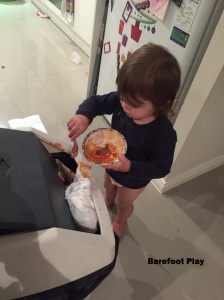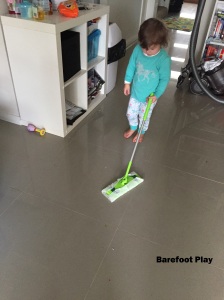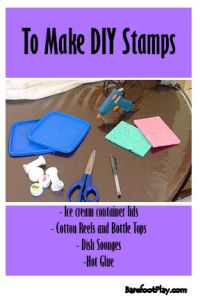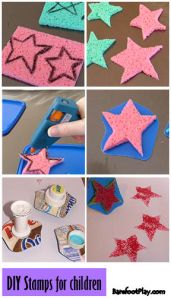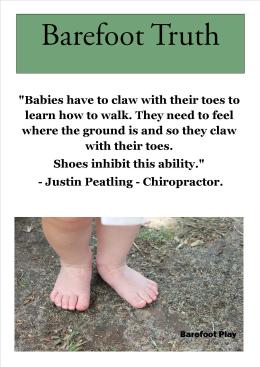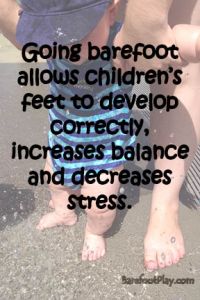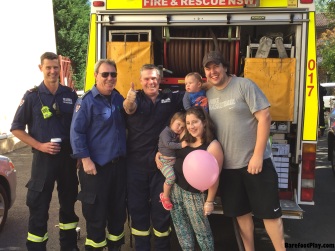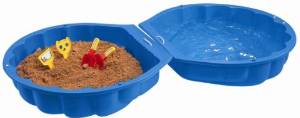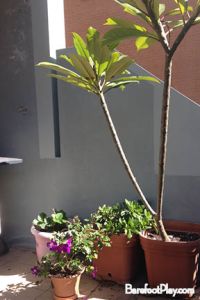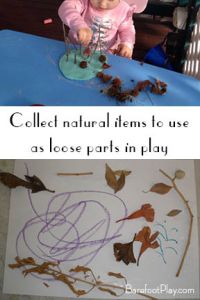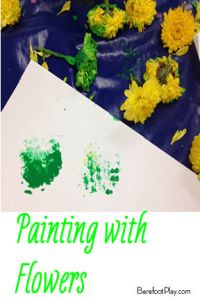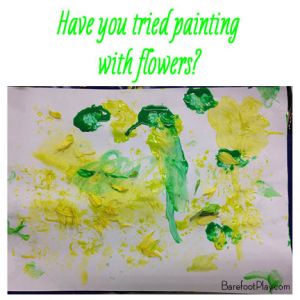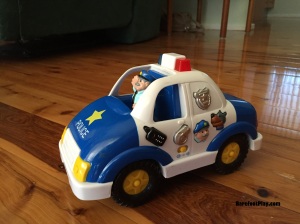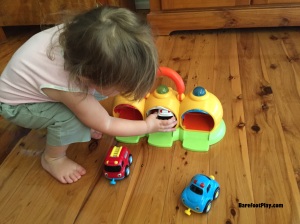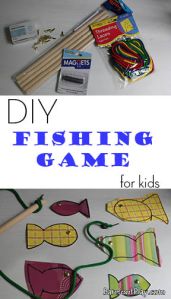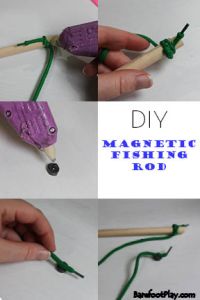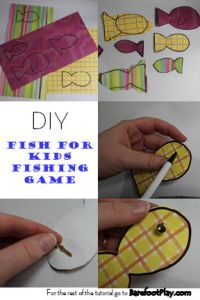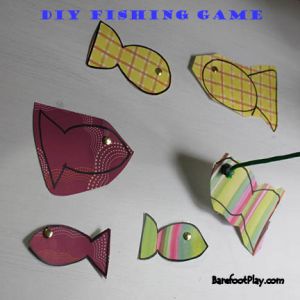Beginning the journey
I always knew my life would include children. Growing up as a missionary kid in the pacific nation of Vanuatu, it was usual for quite young girls to look after babies and toddlers. From nine years old I normally had a baby on my hip, or was playing with some of our friends younger children.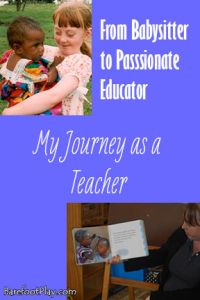
Back in Australia for High School I had less daily contact with children, but at my church I quickly made friends with the mums of young children and would spend my time at church with the very young children. I started teaching Sunday School, specialising in the preschool classes where there was lots of singing and dancing and gluing.
Once I was deemed a responsible age, I was the go to baby sitter for most of the families I knew. After Year 12 I got into the Primary teaching degree I wanted after taking a gap year to nanny and travel.
Learning to Teach
Uni was not as fun as everyone promised. While I loved my practicum’s in kindergarten, I was disillusioned by the need to teach to the syllabus to such a degree that the individual needs of the child were ignored. My Mum was also a primary teacher and I was disheartened by the long hours of marking and homework she would bring home each day, and her discussion about how hard it was to fit everything the syllabus demanded in to the day.
It all hit a boiling point and I stopped studying for a while. While on my break Mum suggested I look into early childhood – the preschool class was my passion at church, and I had always gravitated towards the very young children.
I looked into it and the next year received a place at Macquarie University for a Bachelor of Education (Specialising in Early childhood Birth to 8 Years). In my first class ‘Play and Early Development’ I was introduced to the wonderful world of Reggio Emilia and play based learning.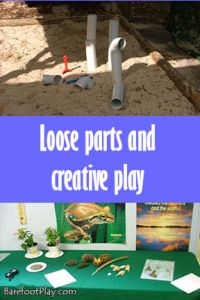
Discovering Early Childhood
Finally! I had found my home. While studying will never be my favourite thing to do I loved what I was learning. Child development fascinated me and I took several elective subjects to extend my study in that field. The more I explored about play and the benefits of open ended, child lead learning; with the teacher as a model and guide for learning, the more I wanted to find out. On my practicum’s I gathered as many ideas as skills as possible. I discovered the world of early childhood blogs and revelled in the glory of loose parts. I started stopping by the side of the road when I saw tree stumps and woven baskets. I was excited to observe children and use those observations to create beautiful learning experiences.
I graduated at just the right time – the government had changed the regulations about the amount of university qualified staff that were needed in centers, I got to explore a lot of centers on interviews. I had very set ideas of where I wanted to work; I turned down one job as the focal point of the preschool room was a large TV screen.
A Passionate Educator
I was employed as the teacher in a toddler room, at the centre where I met my partner in crime Janice. While there I learnt so many skills essential for an Early Childhood Teacher. I learnt how to build meaningful relationships with families, how to capture and keep the attention of 28 two year olds, how to time manage a classroom, how important it is to have equally passionate staff, how to use the same resources in new creative ways.
When it was time to move on, I got a job at the preschool I now work in. I love having a huge outdoor area with lots of natural elements. I love being part of a passionate team who want to provide a high quality early childhood environment for the families in our community. I love the autonomy of creating my own class which follow the children’s interests and where I can teach the children things they are interested in – from inclined planes to gardening to celebrations round the world.
The Journey Continues
Being a teacher is a journey, and I know I’m still on it. I love sharing ideas and inspirations with others and hope I can inspire educators around me. I am passionate about learning as much as I can, and using that knowledge to create a beautiful classroom for my children. It will be great to get to know other educators, as well as inspire parents, teachers, babysitters to create beautiful learning environments for the children in their care.
